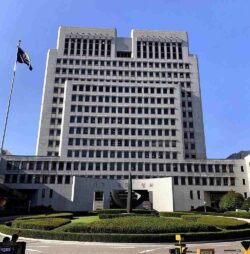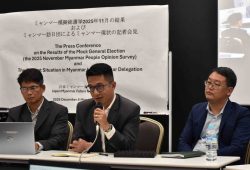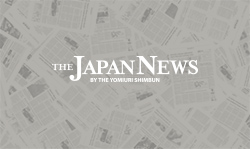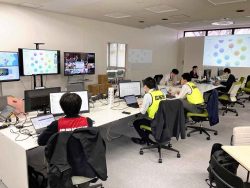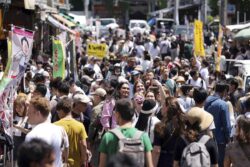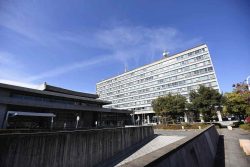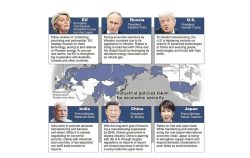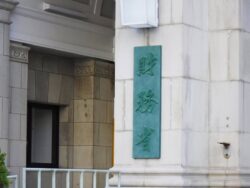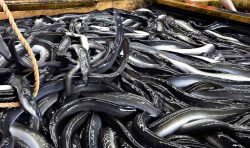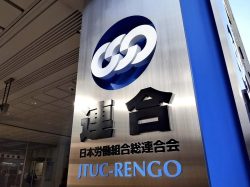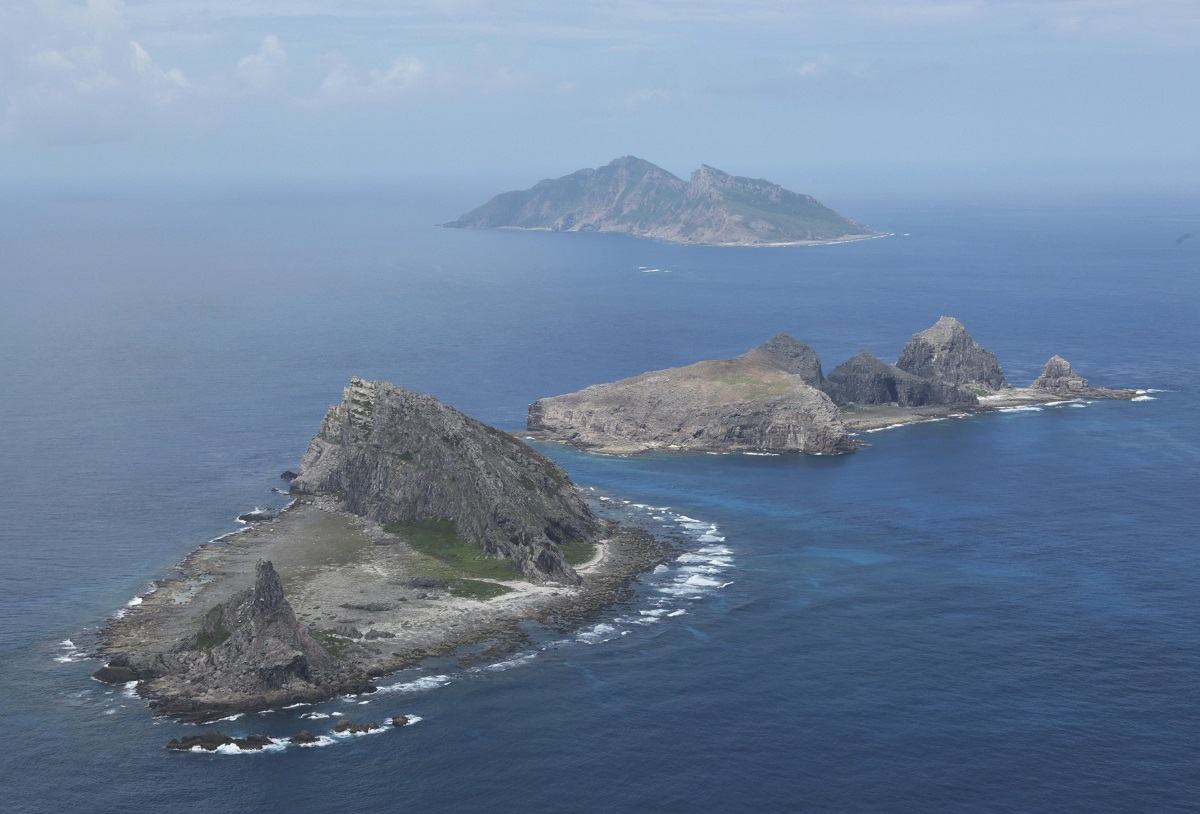
Foreground to background, Minami-Kojima, Kita-Kojima and Uotsuri islands of the Senkaku Islands are seen from a Yomiuri Shimbun plane on Sept. 6, 2013.
15:51 JST, February 12, 2025
China removed a large buoy that had been placed by a Chinese government vessel inside Japan’s exclusive economic zone (EEZ) off the Senkaku Islands in Okinawa Prefecture, it was learned Tuesday.
The Japanese government had been demanding that China remove the buoy since immediately after its placement in July 2023. It is analyzing China’s motives for the removal.
The buoy in question was put in waters about 80 kilometers northwest of the Senkaku’s Uotsuri Island by a large working ship named the Xiangyanghong 22. The buoy was about 10 meters in diameter and had the inscription “QF212” on its surface, along with Chinese characters that mean “China ocean observation buoy.”
It is believed to have transmitted sea wave data and other information via satellites. The United Nation’s Convention on the Law of the Sea states that ocean research cannot be done in the EEZ of another country without the approval of the nation concerned.
According to Japanese government sources, the buoy’s removal was observed on Tuesday by the Japan Coast Guard, which issued a navigation warning to alert vessels sailing nearby. At 1 p.m. Tuesday, however, the JCG announced that the warning had been lifted.
Chinese Foreign Ministry spokesperson Guo Jiakun was asked about the buoy at a press conference on Tuesday.
“China’s installation of [a] hydrometeorological buoy in relevant waters is consistent with both domestic and international laws,” Guo said. “The buoy has completed its task at the site. According to the actual need of science observation, relevant Chinese agencies have implemented voluntary and technical adjustment regarding the buoy.”
In December last year, another buoy was spotted within Japan’s EEZ south of Yonaguni Island in Okinawa Prefecture. The Japanese government is demanding removal of the buoy, which has inscriptions including “China Meteorological Administration.”
In June last year, it became apparent that the Xiangyanghong 22 had installed yet another buoy above Japan’s continental shelf in the Shikoku Basin region, north of Okinotorishima Island, which is Japan’s southernmost point.
"World" POPULAR ARTICLE
-
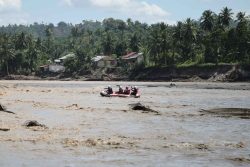
8 Japanese Nationals Stranded on Indonesia’s Sumatra Island
-

Mozambican Cooking Class Held in Matsuyama, Ehime Pref.; Participants Don Aprons, Bandanas Made from Traditional Mozambique Fabric
-
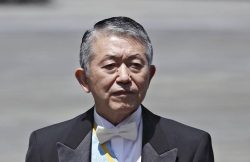
China to Impose Sanctions on Shigeru Iwasaki, Former Head of Japan’s Self-Defense Forces, Who Serves as Adviser to Taiwan’s Executive Branch
-
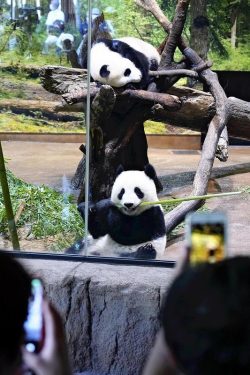
China Steps Up ‘Wolf Warrior’ Diplomacy Against Japan, Hurling Accusation About Plutonium Stockpile
-
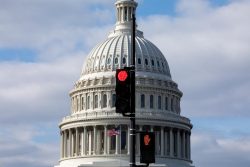
U.S. Senate Resolution Backs Japan, Condemns China’s Pressure
JN ACCESS RANKING
-
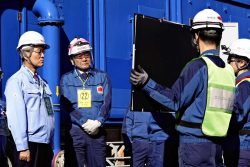
Keidanren Chairman Yoshinobu Tsutsui Visits Kashiwazaki-Kariwa Nuclear Power Plant; Inspects New Emergency Safety System
-
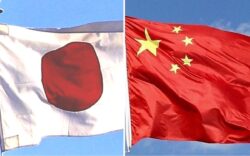
Imports of Rare Earths from China Facing Delays, May Be Caused by Deterioration of Japan-China Relations
-

University of Tokyo Professor Discusses Japanese Economic Security in Interview Ahead of Forum
-
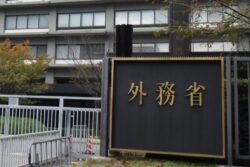
Japan Pulls out of Vietnam Nuclear Project, Complicating Hanoi’s Power Plans
-
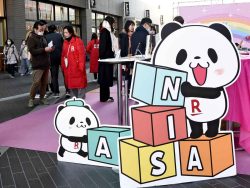
Govt Aims to Expand NISA Program Lineup, Abolish Age Restriction



